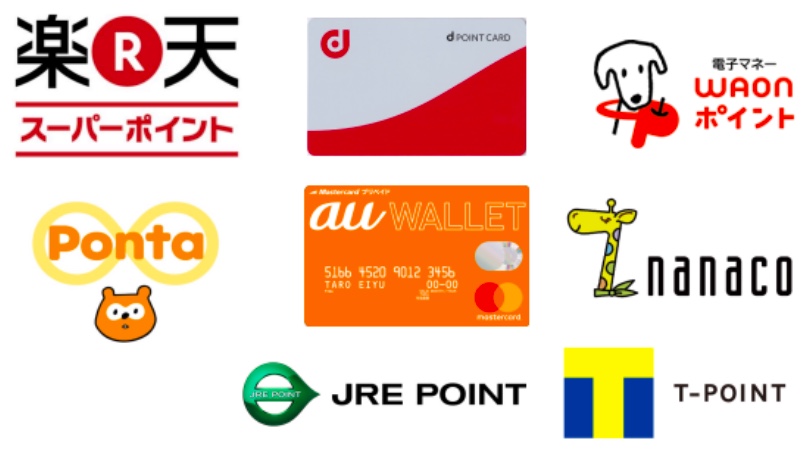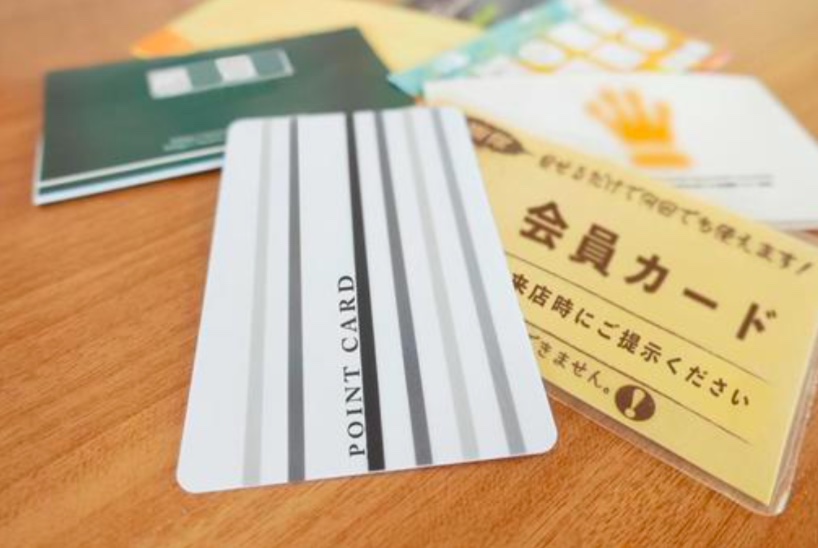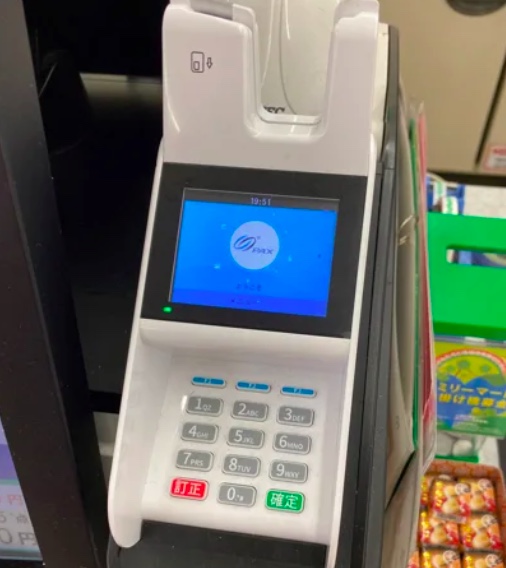Many retailers issue their customers with a “loyalty card”. Depending on the shop, customers can earn points that can be used to pay for future purchases. In this article, we will explain how loyalty cards work.
Common loyalty cards

A loyalty card is a point system that allows customers to use their loyalty points at any time, not only at specific shops but also across companies and industries. The advantage for the customer is that they only need to issue the card once and do not need to carry around a large number of cards.
They can also be used in a wide range of ways and can be used to earn points efficiently. The point system aims to allow merchants to send customers to each other. There are many different categories of merchants, and the whole merchant base can be used to attract customers. By encouraging customers to “come to the shop to earn points”, it will be easier to attract new customers.
The four major loyalty schemes are T-Point, Rakuten Point, Ponta Point, and D-Point, each of which has seen the participation of well-known chain shops such as Yoshinoya and Welshia in T Point and McDonald’s and Matsumotokiyoshi in d Point. We are building a large economic zone.
In-house loyalty cards
In-house loyalty cards are cards that can only be used in the same group or specific shops. In-house loyalty points are also known as “house points”. The problem with in-house loyalty cards is that they do not allow you to collect as much data on your customers for marketing purposes.
On the other hand, you can manage all your customers’ information in-house, which is a big advantage when it comes to differentiating your business from others. You can create your marketing strategies, and you can decide on your loyalty rates and promotions. The introduction of a unique ranking system can also help to attract loyal customers.
The loyalty card market

The loyalty card market is expanding as more shops introduce loyalty cards. While the major loyalty point operators are working hard to attract merchants, the “integration” of loyalty points is also underway. The “application” of loyalty cards is also something to keep an eye on.
Until about 10 years ago, T-Point was the dominant point system. A few years ago, Rakuten and NTT DoCoMo started to open their loyalty points to the outside world, and now the four major loyalty cards are competing with each other.
Following in the footsteps of the four major loyalty cards, several major in-house groups have begun to share their loyalty points. It can be said that we are entering a period of warfare for loyalty cards. While intensifying competition, Yahoo point has been integrated into T Point (PayPay bonus), and au WALLET Point has been integrated into Ponta Point.
Cost of introducing loyalty cards

There is a big difference in how much it costs to introduce a loyalty card between company points and common points. In the case of in-house loyalty points, the cost of building a loyalty point management system and creating loyalty cards can run into the tens of millions.
Common Points do not require building your system from scratch. If a shop joins the “common point system”, the shop pays the introduction cost and the point resource.
However, there is an issue that has emerged when shopping malls have introduced their loyalty cards: the points are more likely to be used in shops with a low unit price, but less likely to be used in shops with a high unit price. If points are only given but not used by customers, the shop cannot recover the funds for the points given. To avoid shops being disadvantaged while enjoying the benefits of the mutual use of common points, it is necessary to set the points to be awarded based on the cost ratio of products and customer spending.
Why introduce a loyalty card?

Great merit in obtaining information
The introduction of a loyalty card allows you to obtain the personal information of customers who visit your shop. In addition to basic information such as name, age, gender, and occupation, it is also possible to search for the date and time of the visit, purchase history, and the staff who served the customer.
In the case of loyalty schemes, more information can be collected because the information is shared between member companies. This data can then be used to understand customer demographics and purchasing habits, which can then be used for future marketing.
Another advantage is that if a defect is found in a product sold by a consumer electronics retailer, the retailer can notify the customer of the defect because it knows the customer’s purchase history.
Understanding purchasing behavior and anticipating consumer behavior
The customer data obtained from loyalty cards can be used for marketing and product development. This data can be used for marketing and product development and can be used to inspire customers to purchase. By analyzing in detail, the frequency of visits, purchase history, and spending per customer, it is possible to create services that are perfectly suited to the target group.
By using this data in product development, you can create products that better meet the needs of your customers. The result is a higher rate of return visits and increased sales. Retailers will also benefit from being able to predict future sales volumes based on past purchasing trends, making it easier to plan to stock.
Encourage customers to buy by holding campaigns
The introduction of a loyalty card makes it easier to offer special offers to customers. In the past, it was common to send direct mail to the customer’s address or send an email.
These days, you can put information on the back of receipts or use ‘push’ notifications on app cards. If you are a shop, you can send out push notifications about promotions before the shop opens.
Since consumers want to save as much as possible on their purchases, a campaign such as “3% back” or “10x points” will stimulate the appetite of even the most tight-lipped shopper.
In particular, retailers with a low spend per customer on daily necessities can increase their spend per customer by ‘bulk buying’ during campaigns.




Comments